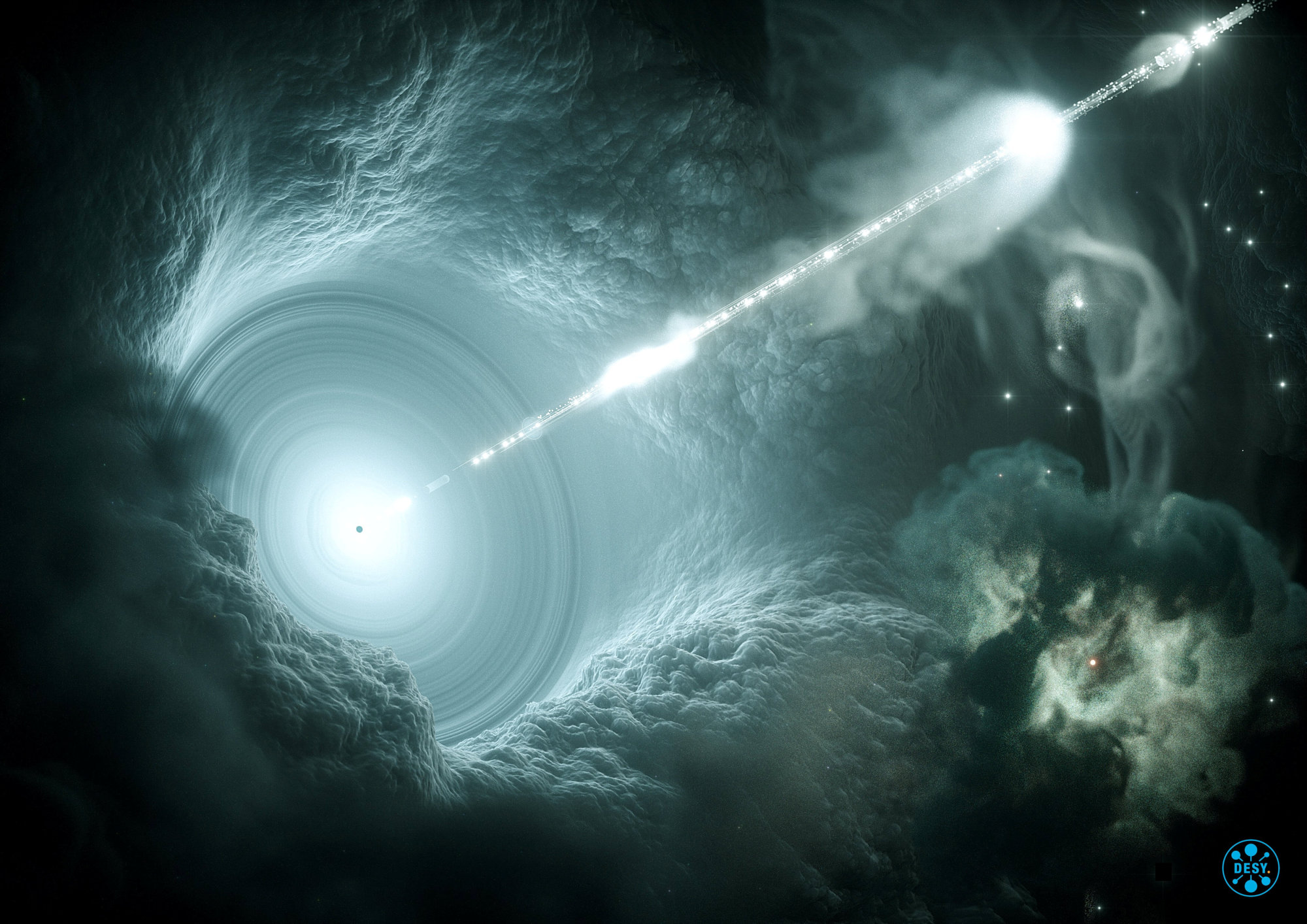A breakthrough in the study of ghostly particles called high-energy neutrinos that traverse space, zipping unimpeded through people, planets and whole galaxies, is giving scientists an audacious new way to expand our understanding of the cosmos.
Researchers say that for the first time they have located a deep-space source for these ubiquitous subatomic particles. They detected high-energy neutrinos in pristine ice deep below Antarctica's surface, then traced their source back to a giant elliptical galaxy with a massive, rapidly spinning black hole at its core, called a blazar, located 3.7 billion light years from Earth in the Orion constellation.
The key observations were made at the IceCube Neutrino Observatory at a U.S. scientific research station at the South Pole and then confirmed by land-based and orbiting telescopes.


















With your current subscription plan you can comment on stories. However, before writing your first comment, please create a display name in the Profile section of your subscriber account page.